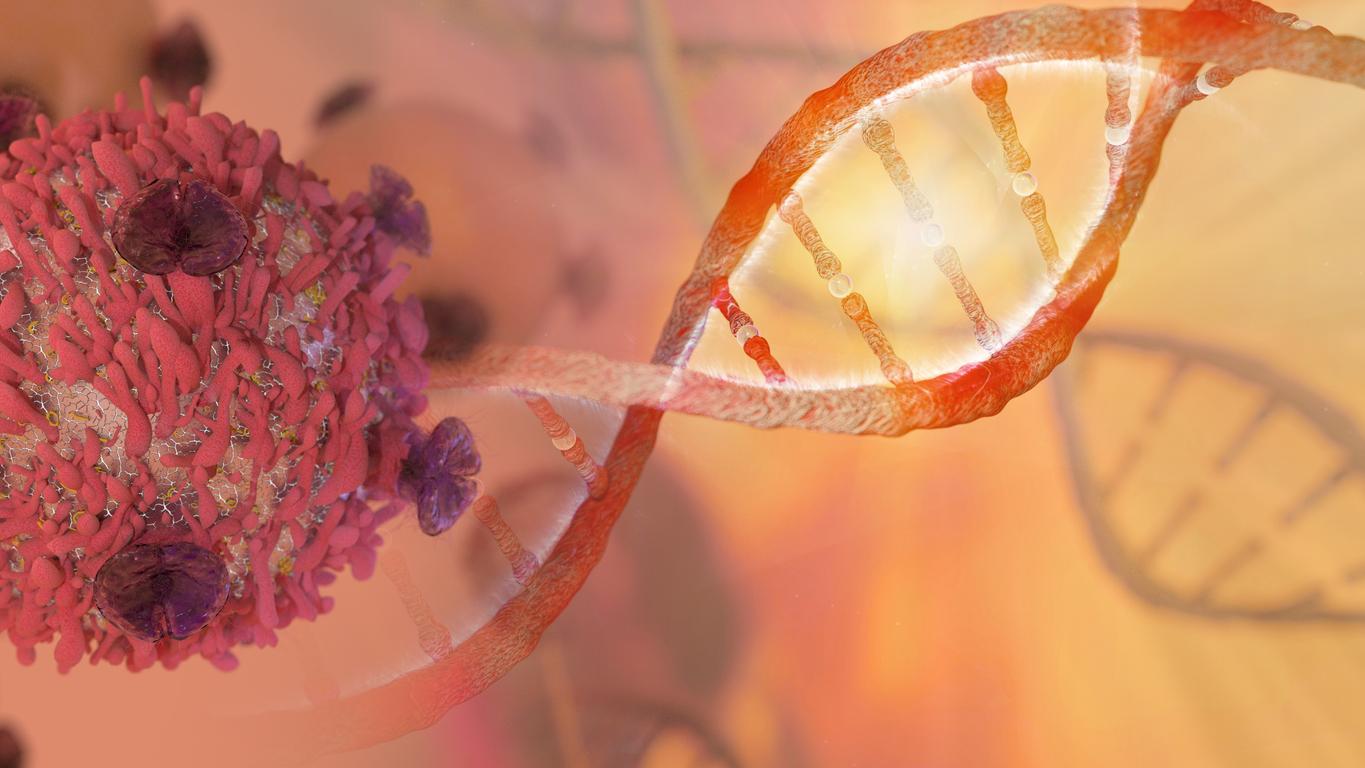Why such a difference ? Because cancer patients who are married are more likely to be diagnosed early, according to a report by the Women’s Cancer Research Center at Boston Hospital (Brigham, USA). So – and this is even more important – more of them are receiving prescribed treatments such as radiotherapy, surgery or other treatments that save lives.
The authors of the study, including Dr. Paul Nguyen, reached these conclusions after examining the medical data of nearly a million patients suffering from one of the 10 most fatal cancers (lung, colorectal, breast, pancreas, prostate, liver, non-Hodgkin lymphoma, tumor, ovary and esophagus).
Earlier diagnosis thanks to the spouse
Married patients benefit from better screening thanks to their spouse. As a first step, the spouse can force his partner to go to a doctor after seeing worrying symptoms. It provides a sort of daily medical watch.
After the diagnosis is announced, the spouse will also become a moral and logistical support. He will make sure that his partner goes to all medical appointments, follows his treatment perfectly and he will help him psychologically to endure the shock of the disease. “A shaken patient often needs a companion for medical appointments. Spouse can listen, take notes, ask other questions, and support the patient with announcements and treatment results »Explains Doctor Paul Nguyen. Sharing the emotional burden with the spouse allows the patient to be less distressed, depressed or anxious, which increases their chances of fighting the disease.
Develop support networks
“ This study “, Explains Dr. Nguyen,” forces us to think about the importance of social networks, support and help networks“. The US National Institute of Health and the National Cancer Research Institute spends $ 5 billion a year on biological cancer research. The authors of this study claim that “ at least part of this money should be spent on the development of social support missions, especially among singles and isolated people, to improve the chances of cancer survival“.
This study was published in the scientific magazine “Journal of Clinical Oncology”.


















